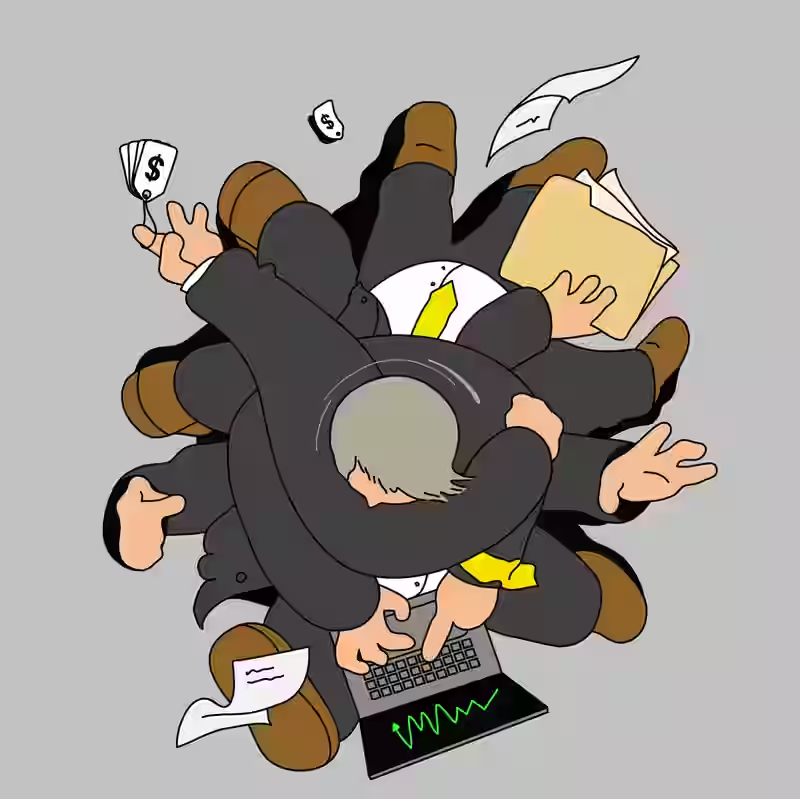Trump’s Tariffs, Policy Whiplash, and Slumping Shoppers: A Triple Threat
Newly appointed retail CEOs are stepping into roles they thought would focus on e-commerce, AI, and supply chain modernization—only to be blindsided by a resurgence of Trump-era tariffs, abrupt regulatory shifts, and consumers tightening their belts amid inflation fears.

The Policy Shockwave
Since returning to office, President Trump has reinstated sweeping tariffs on Chinese imports—up to 25% on electronics, apparel, and home goods—and eliminated green-energy tax credits that many retailers used to offset sustainability investments. Simultaneously, new “Buy American” mandates require federal contractors (including major logistics firms) to source domestically, disrupting just-in-time inventory models.
Top Challenges Facing Retail CEOs in 2025
| Challenge | Impact | Industry Response |
|---|---|---|
| Trump Tariffs (25% on China) | Margins squeezed by $12–18B industry-wide | Shifting sourcing to Vietnam, Mexico, India |
| Consumer Caution | Discretionary spending down 9% YoY | Value-focused assortments, loyalty perks |
| Policy Volatility | Unpredictable rule changes on labeling, labor, imports | Hiring in-house policy teams, lobbying coalitions |
| Inventory Glut | Overstock from 2024 holiday rush still unsold | Aggressive markdowns, bundling, resale channels |
Who’s at the Helm?
A wave of leadership changes has swept the sector:
- Sarah Chen, new CEO of JCPenney: Former Amazon supply chain exec, now racing to renegotiate 300+ vendor contracts hit by tariffs.
- Marcus Delgado, CEO of Bed Bath & Beyond (relaunched): Pushing “Made in USA” home goods to align with policy incentives.
- Lena Okoro, interim head of Gap Inc.: Testing AI-driven markdown algorithms to clear tariff-impacted inventory faster.
Consumer Sentiment Snapshot
“I used to buy three sweaters a season. Now I buy one—if it’s under $30.”
— Diane Ruiz, 42, Phoenix
According to a September 2025 survey by the National Retail Federation:
- 68% of shoppers say they’re “more price-sensitive than last year”
- 52% have switched to private-label or discount brands
- Only 29% plan to increase holiday spending
Strategic Shifts Underway
Retailers are adapting with speed:
- Nearshoring: H&M and Target accelerate Mexico-based manufacturing
- Dynamic Pricing: Walmart and Kohl’s deploy real-time AI repricing tools
- Policy Advocacy: The Retail Industry Leaders Association (RILA) lobbies for tariff exemptions on essential goods
What’s Next?
Analysts warn that if tariffs remain through 2026, mid-tier retailers—those without Amazon’s scale or Dollar General’s cost base—could face existential risk. Yet some see opportunity: “Constraints breed innovation,” said Chen. “We’re building a leaner, smarter, more American supply chain.”




